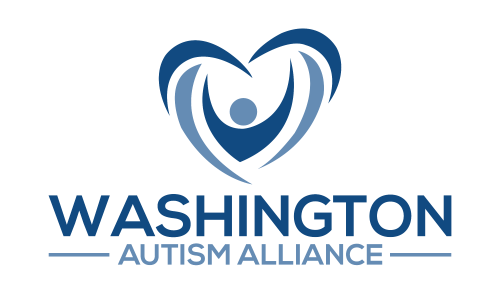Inappropriate use of restraints in schools is a serious issue that warrants national attention. On February 12th the U.S. Senate released a report detailing significant misuse of restraint and seclusion “There is no evidence that physically restraining or putting children in unsupervised seclusion in the K-12 school system provides any educational or therapeutic benefit to a child. In fact, use of either seclusion or restraints in non-emergency situations poses significant physical and psychological danger to students.”
The report also addressed how districts often failed to inform families that seclusion and restraints could be used at their child’s school.
Background: The Individuals with Disabilities Education Act (IDEA) doesn’t envision that special education students will be isolated or restrained. In fact, 34 CFR 300.324, the federal regulation governing IEP development, requires determining “appropriate positive behavioral interventions” and does not say anything about aversive interventions. Compare that to Washington state’s IEP development regulation, WAC 392-172A-03110, which requires considering aversive interventions “In the case of a student whose behavior continues to impede the progress of the student or others despite the use of positive behavioral support strategies…” Washington has 4 regulations on aversive regulations that have no counterparts in the federal regulations -illustrating that this is state-level policy, not a federal mandate to use aversive interventions. It is our opinion the state has gone too far.
The Problem: Students with autism account for a disproportionate percentage of all students with disabilities who experience restraint and isolation in public schools. These students often experience significant communication barriers, are non-verbal and don’t have access to appropriate positive behavior supports. Teachers and other personnel are not regularly trained on alternatives to seclusion and restraints. In absence of appropriate training, students with social emotional learning disabilities are forced into more and more restrictive settings and experience more challenging behaviors that are often a manifestation of a disability.
The use of seclusion & restraint, particularly when there is repeated use for an individual child, multiple uses within the same classroom, or multiple uses by the same individual, should trigger a review and a revision of behavioral strategies in place to address challenging behavior; if positive behavioral strategies are not in place, staff should consider developing them. Many times this does not happen and aversive interventions will go unchecked until there’s tragic circumstances.
Please join WAAA as we aim to address appropriate limitations on the use of these practices in public schools. Here’s how you can support our efforts:
- Get Involved
- Join WAAA Social Networks
- Join us at WAAA events
- Volunteer as an advocacy leader for your area (send intent letter with a brief overview of your previous advocacy experience)
- Invite friends and supporters to join WAAA
Thank you for standing together with us for change.

